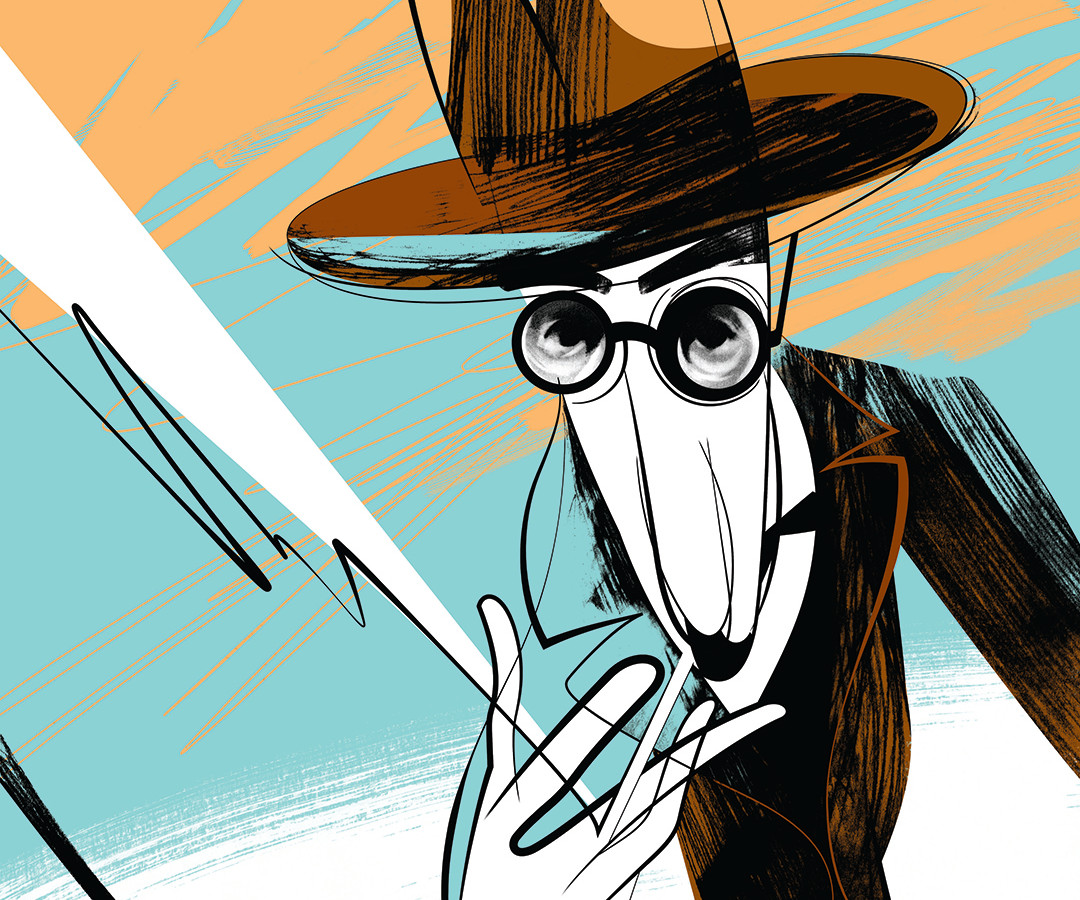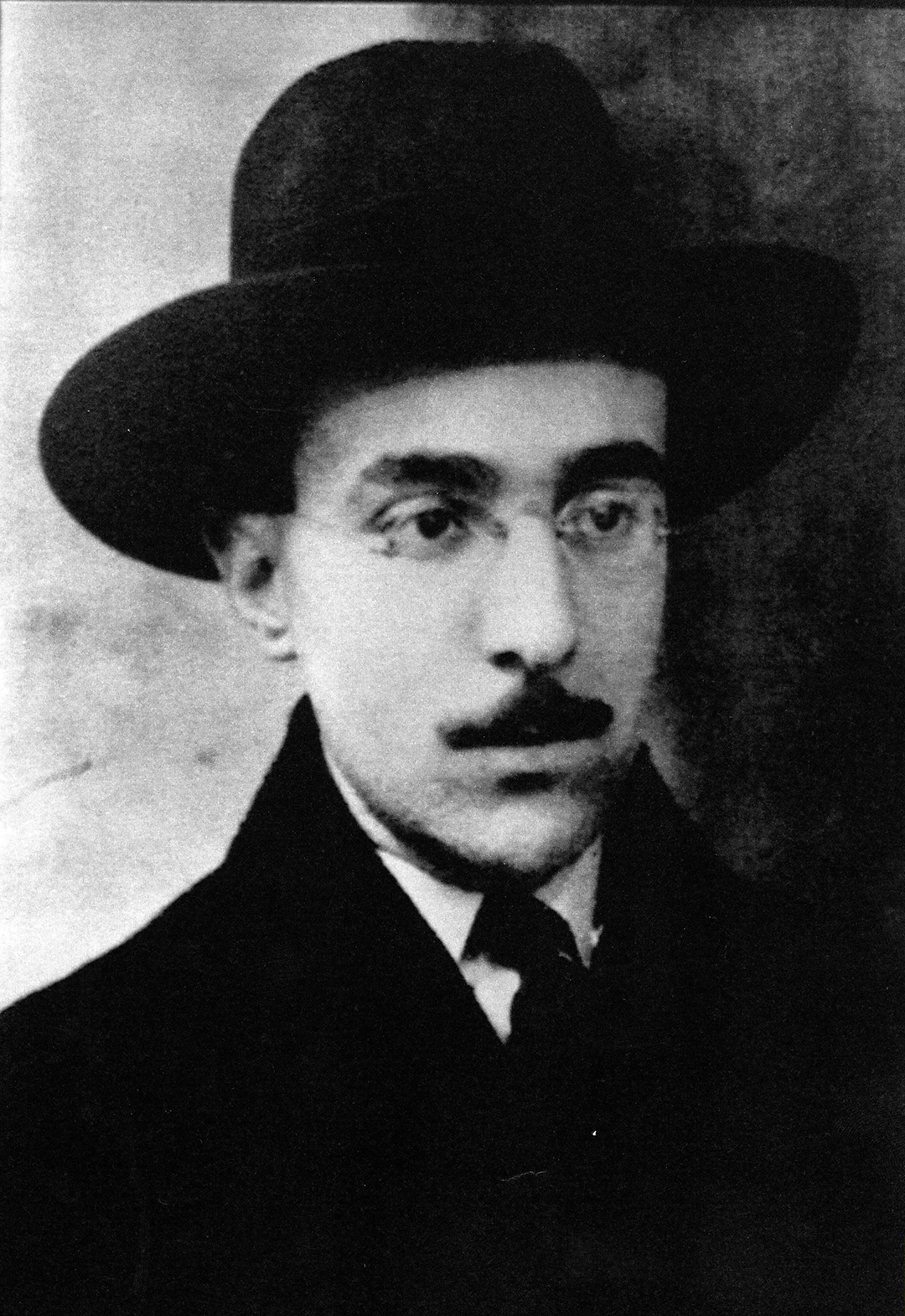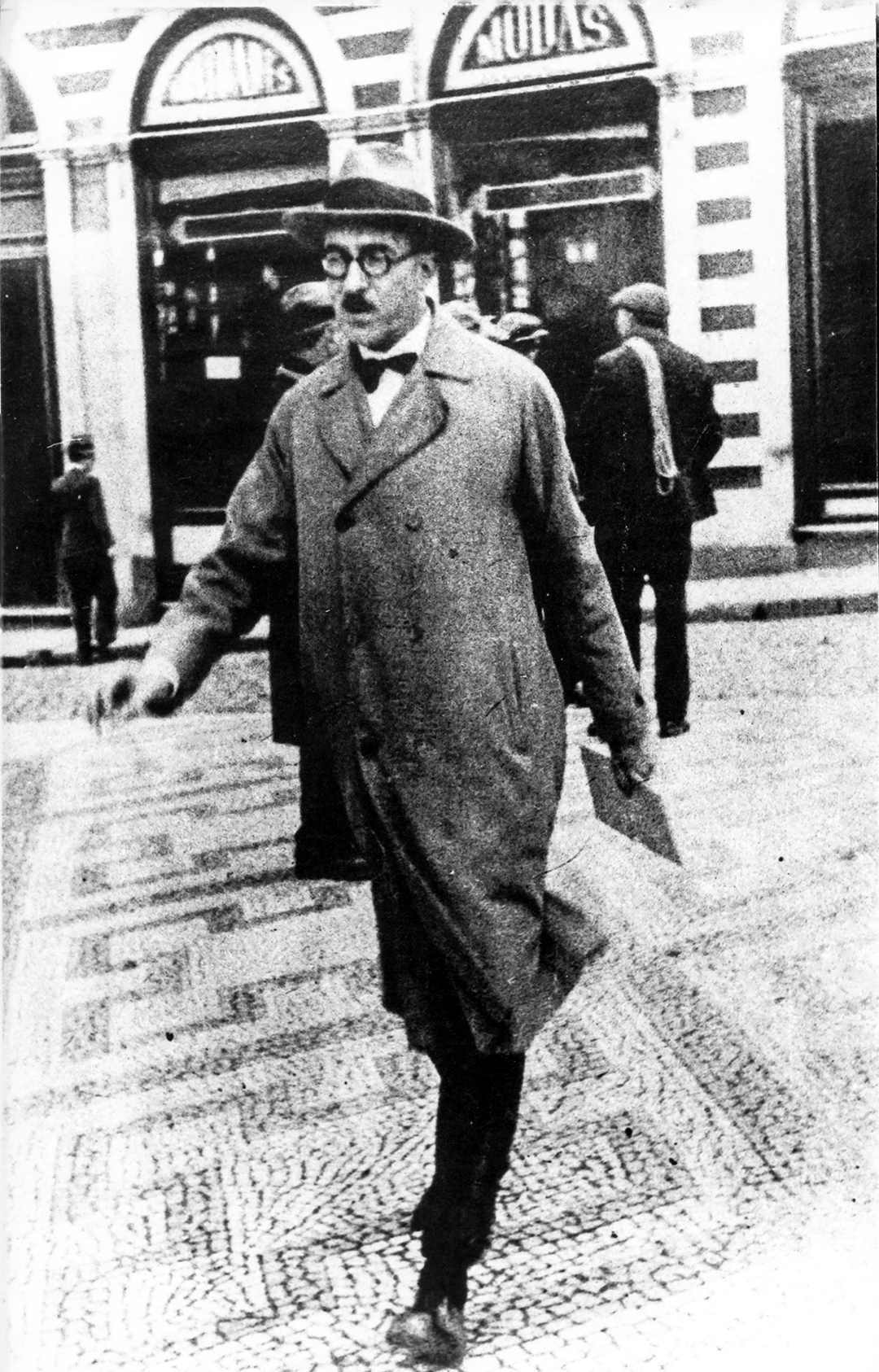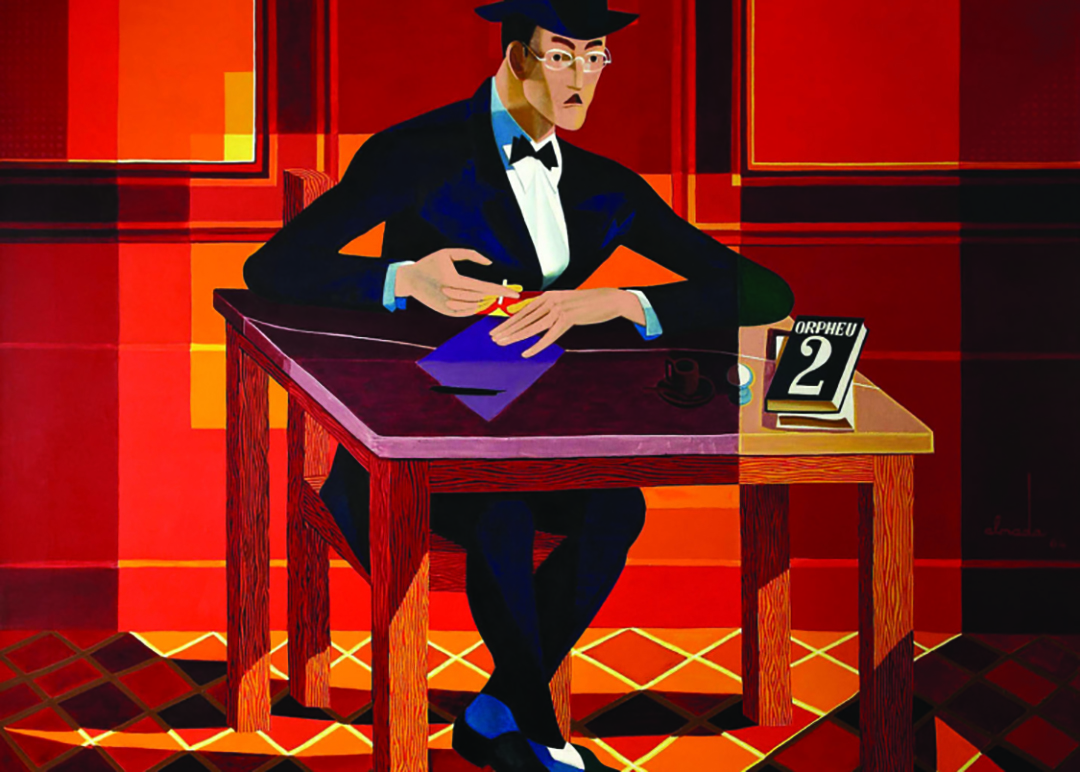
Octavio Paz, who didn’t exactly have a quiet life , presented Fernando Pessoa as someone who didn’t have a life, but only a work: “Poets don’t have biographies,” he wrote, “their work is their biography”. I suspect Pessoa would have approved, with an ironic smile, the words of Paz. After all, Alberto Caeiro, who appeared in 1914 and died in 1915, said in a poem from November 8 of that year: “If, after I die, you wish to write my biography, / There is nothing simpler. / It only has two dates – my birth and my death. / Between one and the other every day was mine”. In one of his rules of life from 1916, he wrote: “Organize your life as a literary work, placing in it as much unity as possible”; and in a letter to Ophelia in 1920, in which he ended the relationship, he said: “My destiny belongs to another Law Ophelinha does not even know it exists and is increasingly subordinated to obeying Masters who neither allow nor forgive”.
And Álvaro de Campos, in 1930, in a note for the memory of his master Caeiro, said: “More curious is the case of Fernando Pessoa who, strictly speaking, does not exist”. Ah, and if we quote one last text, it could be the one that serves as a “threshold” to Aguilar’s Obra Poética: “Ancient navigators had a glorious saying: ‘To navigate is necessary; to live is not necessary’. The spirit of this saying serves me well when transformed to couple what I am. To live is not necessary; what is necessary is to create”.

Pessoa, who so often flew another, who so often felt everything in every possible way, who had so many dreams, was also someone? Or was he “many and no one”, as the God imagined by Jorge Luis Borges? In my opinion, writing a biography of Pessoa is one of the greatest challenges we have. I say this because there are already, and this is miracle-like, three great biographies of Pessoa. There are still many more to come, and there are already a lot of works that complement them… And the questions multiply. Is it possible to write a biography of a pacata life – to reiterate this very Portuguese adjective? The days between 1888 and 1935 belong only to Pessoa or can they also be ours? Should the biography have as its skeleton a chronology of the work, or is it possible to “catch” the reserved and fleeting man that was Pessoa, a man who described a photograph of himself as an ephemeral visible representation of himself? Did the life of Pessoa have unity? Did Pessoa sacrifice his life for his work? Did he even defend it from the siege of love?
Photo dedicated to Aunt Anica: “To his dear aunt he offers this temporary visible representation of himself, with a hug so big as your (whose?) senselessness, your very friendly, brilliant nephew and thanks, Fernando” Portrait taken in January 1914, as one day it had to be taken.
Did he create, and feel, but didn’t have a life “to tell”, in the sense that Gabriel García Márquez or Pablo Neruda effusively celebrated having lived a life to tell? Did Pessoa try, in a very Portuguese way, to go unnoticed, but then, in a very Lusitanian way, he entered into a Photobiography and a new Pantheon? Anyway. I was invited to explore the theme “Life” and to propose a personal vision of the relationship between Pessoa and the word “Life”. I could have sketched a minimal chronology and recalled that Pessoa was born and died in Lisbon; that he had an English education in South Africa; that he worked translating business letters to “get by”; that he kept papers in a famous trunk; and that he invented at least 136 fictional authors.
Although he physically travelled very little, few lives have been as intense and have ever changed as much as Fernando Pessoa’s.
But I would prefer to defend the following: few lives have been as intense as Fernando Pessoa’s, although he physically travelled very little, and few lives have ever changed as many – and will change even more – as the life of author of the Livro do Desassossego . Pessoa did not need to live the life of Aleister Crowley, who he met, to live an intense life. And no one needs to truly unfold to live a rich inner life made of a rare vastness. Pessoa made a simple “life plan” and his ambitions were never excessive. In that plan, written in English around 1919, he states: “A general plan of life must involve, in the first place, the obtaining of a financial stability of some kind.
I put the limit needed for the humble thing I call financial stability at about sixty dollars, forty being for the necessary, and twenty for the superfluous, things of life. (…) The next essential thing is to fix on a residence where there would be enough room, both room-space and room-convenience, to lodge all my papers and books with due order; and all this without a very arge possibility of moving in a short time”. What do we know about the “real” life of Pessoa? Perhaps not much yet, and it will be difficult to know more because almost all those who knew him have died.
One of them, Francisco Peixoto Bourbon, in a text published in 1973, reminds us, for example, of a story that no biography has ever gathered and that I would like to evoke on this occasion. Bourbon added to the account things of his own doing, but I believe, like José Barreto, in the essence of the story. Pessoa would have confessed to Bourbon that days before Mário de Sá-Carneiro’s suicide, he felt it would happen.

This is the story of the cat poisoned with strychnine, in which Pessoa saw the face of Sá-Carneiro before knowing that he had committed suicide in Paris: “Two weeks before the tragedy I was wandering aimlessly through the streets of Lisbon and I felt something akin a strange force drawing me to Mouraria (…) And what did I see? It was a cat that, certainly because of his habits of stealing steaks or horse-mackerels and causing damage to a vicious woman, the latter decided to poison it with strychnine, a barbaric and cruel habit, but very common at the time. The cat was prostrated on the irregular pavement and performed uncontrolled movements, walking around. And in a long agony, it was all trembling, and it was evident that it was suffering atrociously.
I reacted by saying: – Someone should kill the animal so that it stops suffering. But I realised, horrified, that the people were sadistically enjoying the spectacle because they said: – It is probably an attack and it will get better because a cat has seven breaths. (…) I should have run away from such a spectacle, but I couldn’t because I felt as if I was strangely nailed to the ground (…) And what do I see, holy God? The head of the animal, which was a pure breed – what people call a French cat –, increases in volume in my retina and then it was the round head of Sá Carneiro, his orbits, his cheeks and a sad and bitter farewell look.
So I ran away like a possessed man pushing everything and everyone, hearing impropriety and insults while I ran. And that night I couldn’t sleep. Later I heard the sad news.” Pessoa tried to stop Sá-Carneiro from ending his existence. He failed. And “it was a real fatality”. However, in his way of life, he continued to fight, not only “always and everywhere, his three murderers: Ignorance, Fanaticism and Tyranny,” as we read in the Autobiographical note from 1935, but also cruelty and violence.




